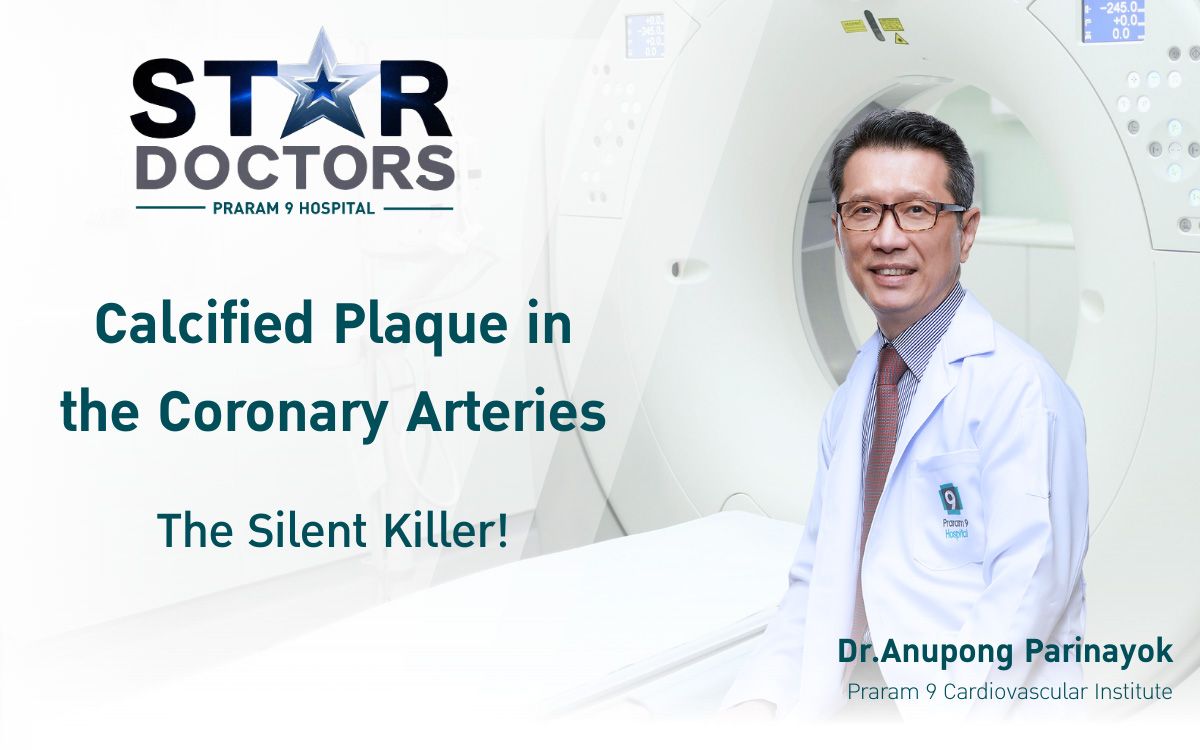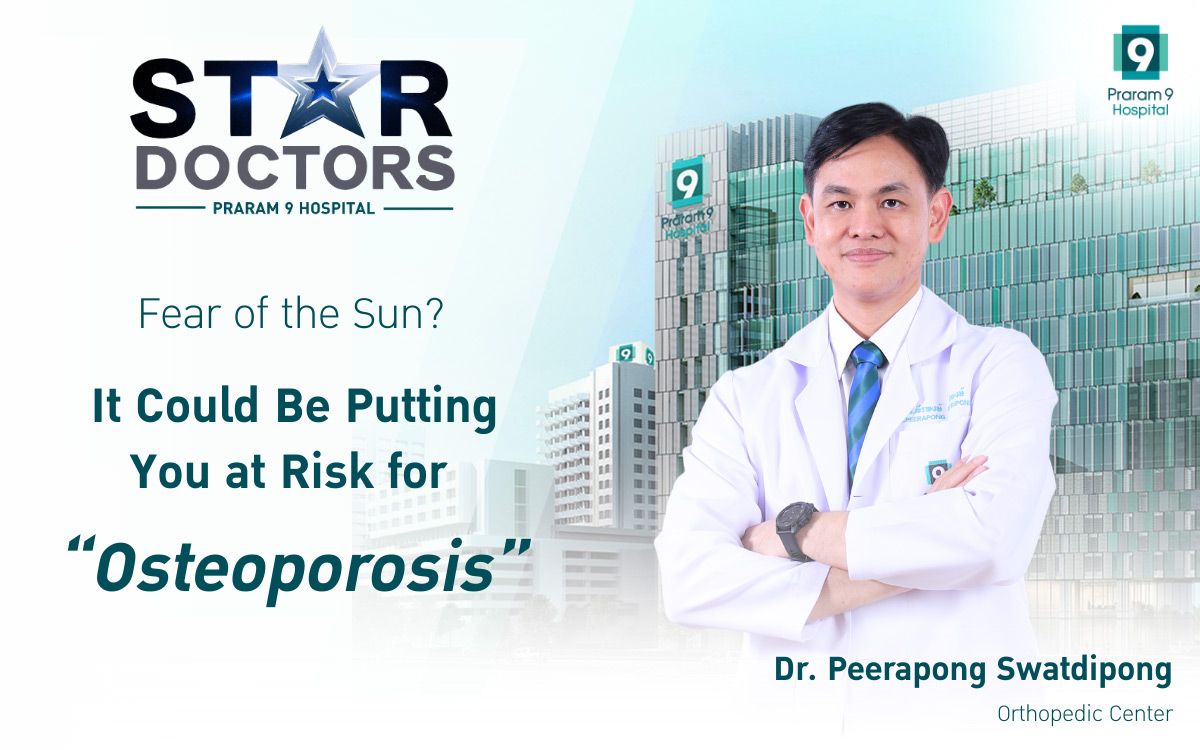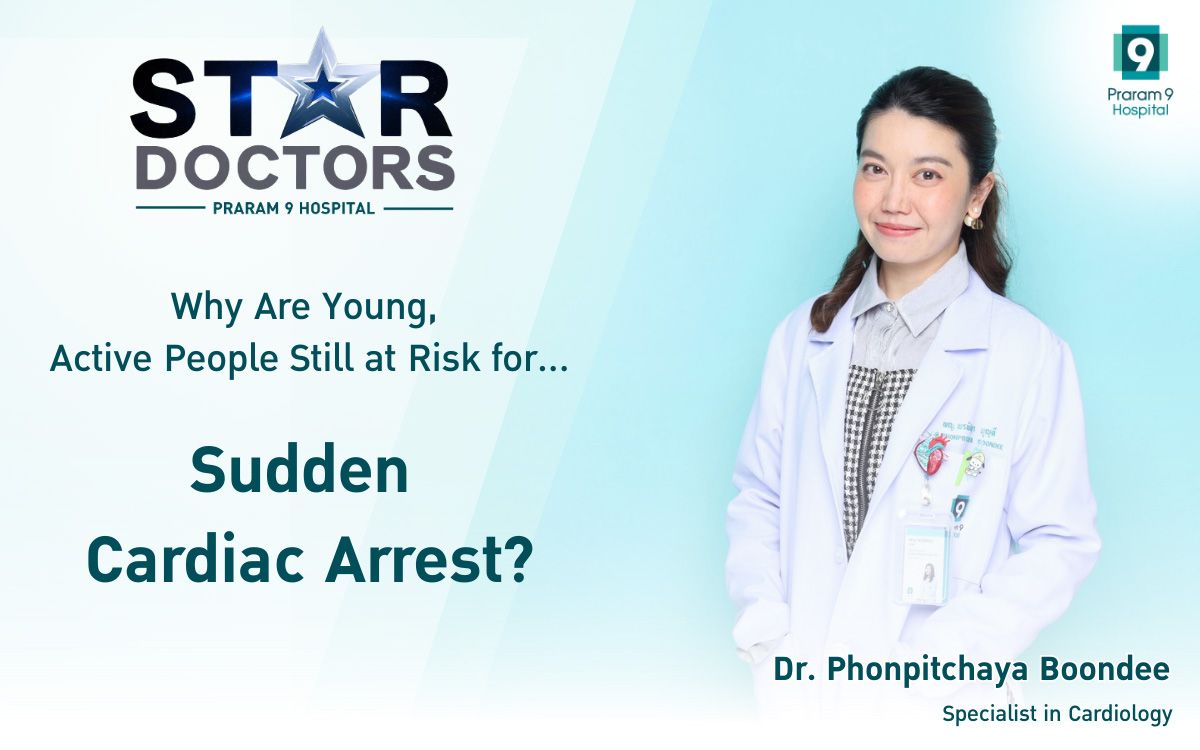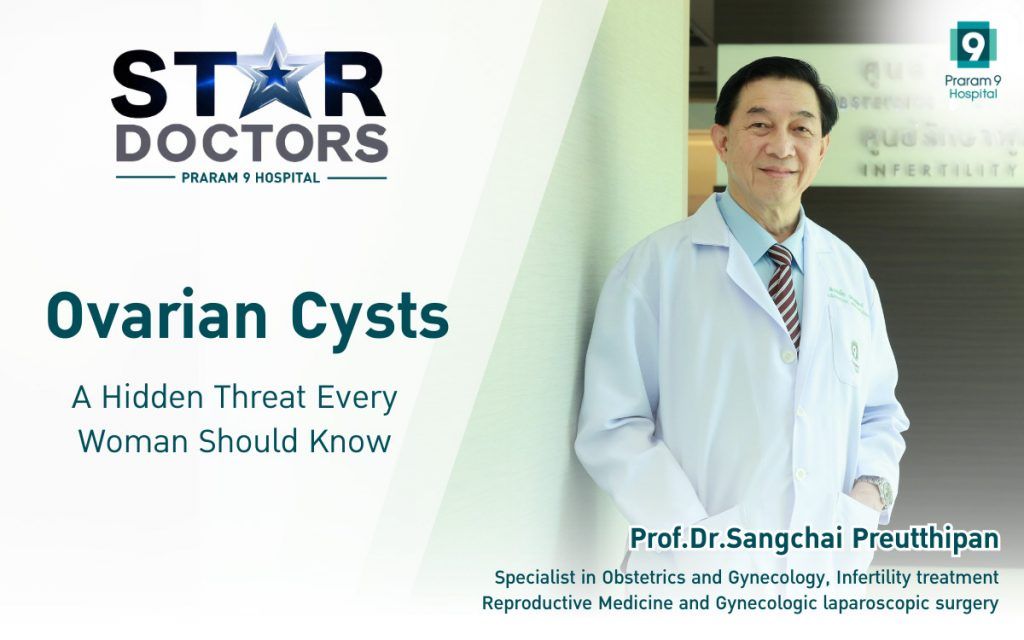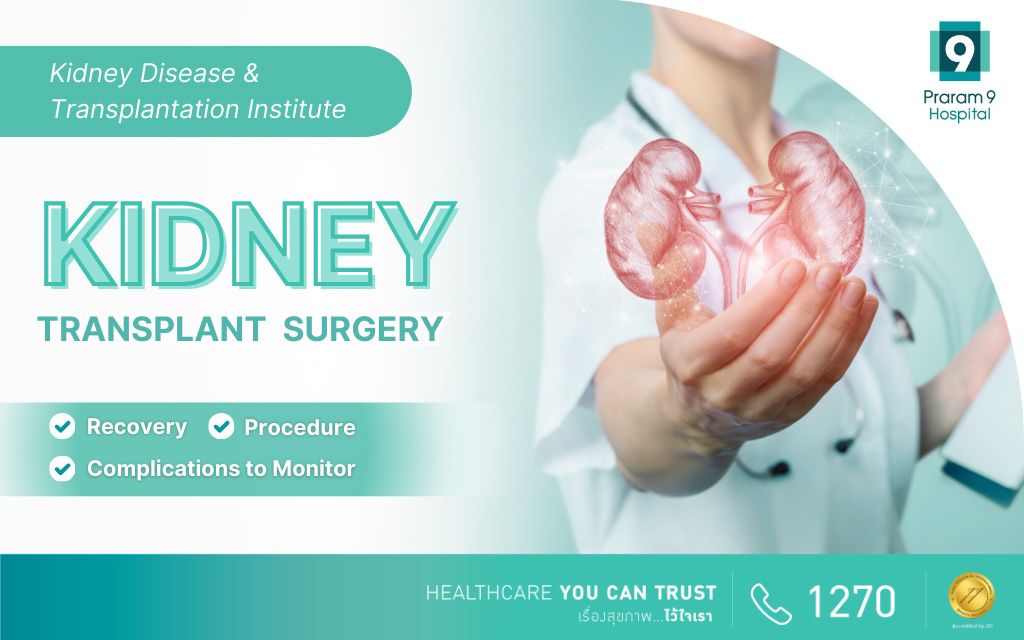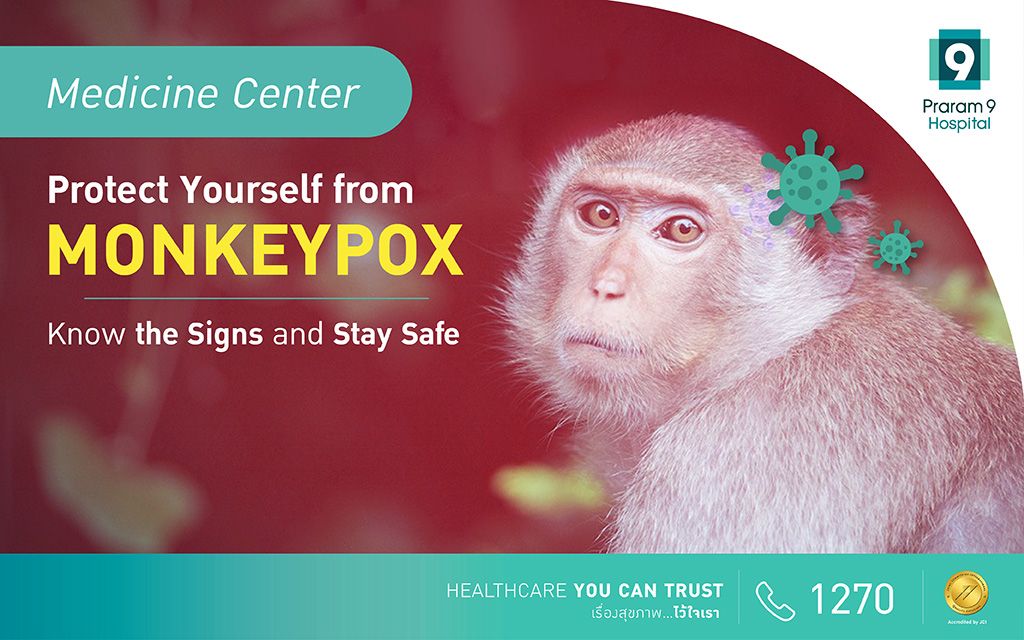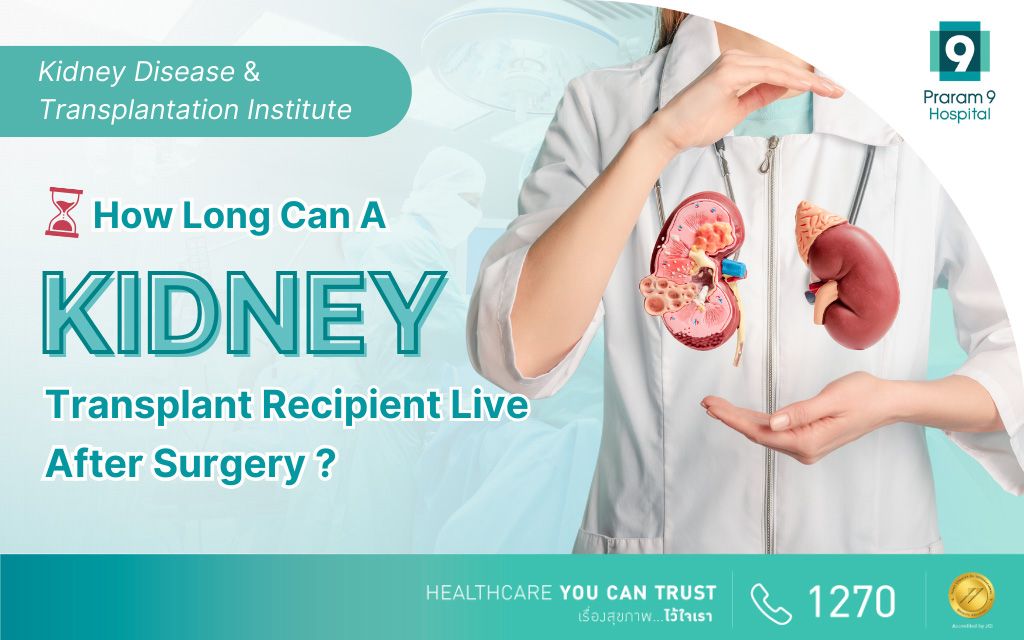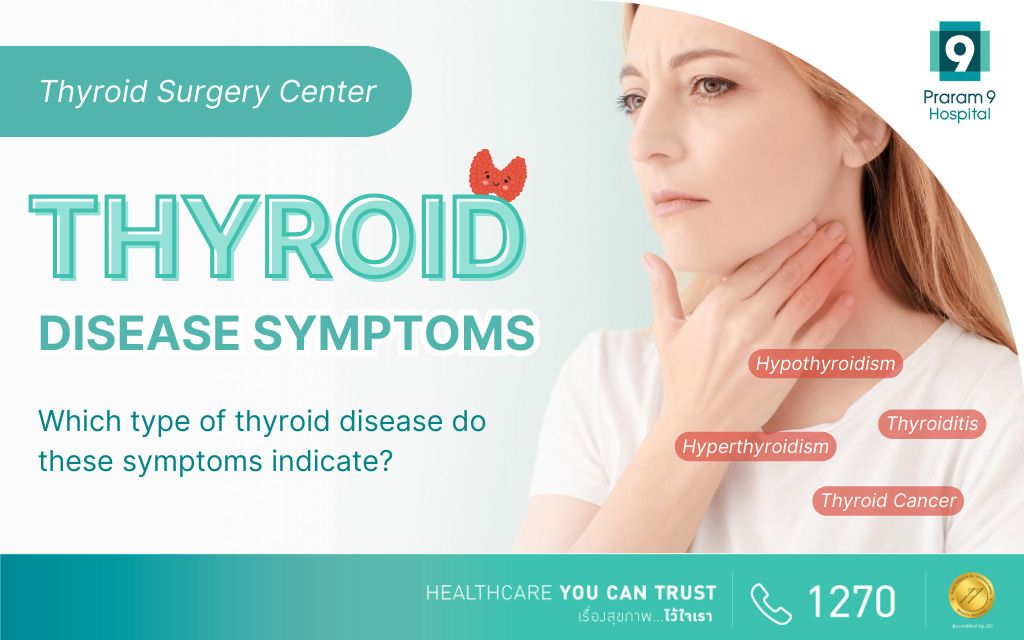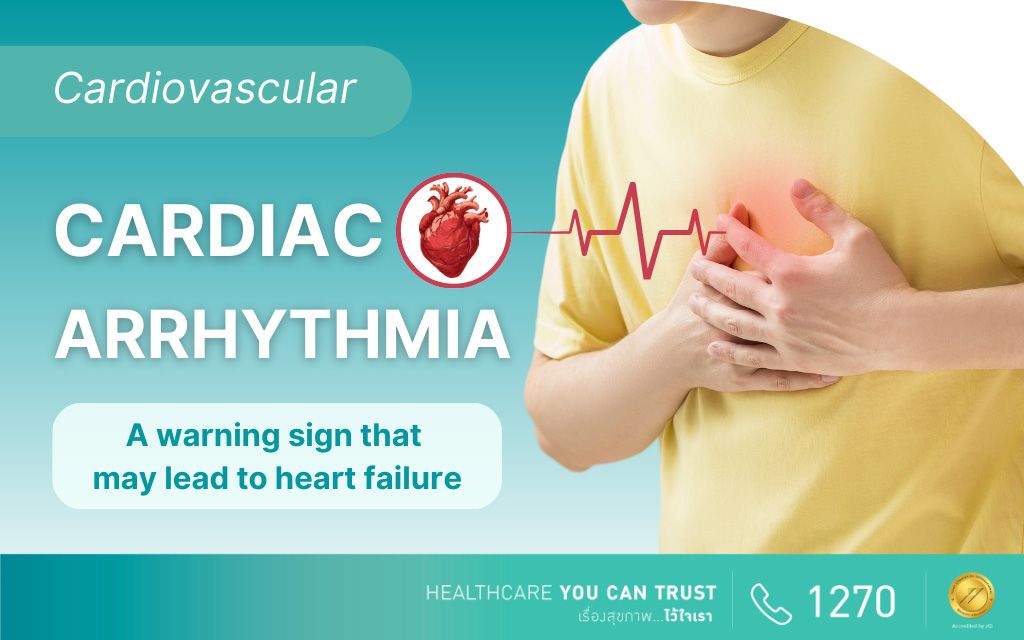Health Articles
Knowledge
Understanding Heart Disease Knowing it First, Treating it Timely, and Preventing it
WISUIT KATEKAO,M.D.
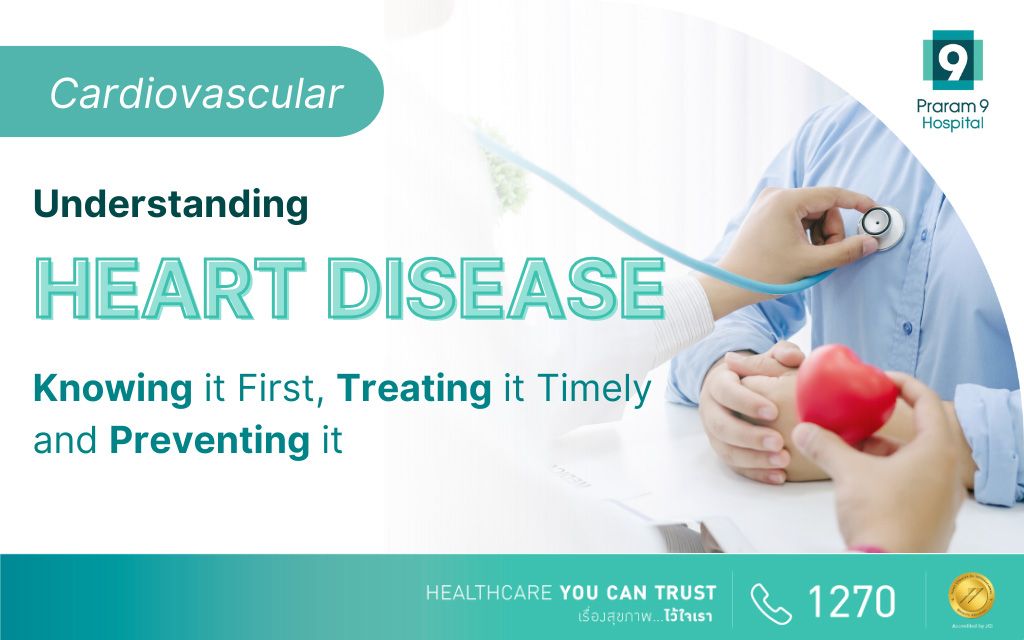
“Heart disease” is a comprehensive term encompassing various cardiac abnormalities, resulting in compromised cardiac function. This pathological condition leads to insufficient perfusion of organs, tissues, and cells, thereby impacting multiple physiological systems. While coronary artery disease is the quintessential association with heart disease, it stands as the foremost cause of mortality with continually escalating rates.
However, beyond coronary heart disease, heart disease comprises diverse conditions, each characterized by unique symptoms and etiologies. These conditions include:
- Congenital heart disease, prevalent among pediatric populations.
- Coronary artery disease, commonly affecting the geriatric demographic.
- Heart valve disease.
- Arrhythmias, or cardiac arrhythmias, which may manifest at any age, including among athletes or individuals exhibiting physical fitness.
The severity and potential complications of each heart disease entity vary contingent on the underlying causative factors. In Thailand, the mortality rate attributable to heart disease is on a persistent rise. Hence, if you possess risk factors or exhibit symptoms suggestive of heart disease, prompt consultation with a cardiologist is imperative.
Symptoms indicative of heart diseases include:
- Angina, manifested as tightness in the chest or epigastric region.
- Palpitations.
- Dyspnea (difficulty breathing).
- Fatigue, even in the absence of exertion
- Chest tightness during exertion
- Syncopal episodes
- Tachycardia
- Edema with weight gain
- Orthopnea
- Nocturnal dyspnea
- Diaphoresis or hypothermia
There are indicative symptoms that warrant vigilant monitoring. If you manifest any of these signs, prompt consultation with a healthcare professional is imperative, as they may signify an increased risk of heart disease. Mitigating modifiable risk factors through lifestyle modifications, such as smoking cessation, adherence to a cardioprotective diet, regular aerobic exercise, and meticulous management of conditions like hypertension and diabetes, holds significant promise in attenuating the predisposition to cardiovascular diseases. Regular medical check-ups and screenings serve as pivotal tools for early identification and intervention in the context of potential risk factors.
Praram 9 Hospital Thailand acknowledges the critical importance of addressing patients afflicted with heart disease, recognizing the inherent urgency in ensuring swift, accurate, and precise diagnoses for these conditions. In response, we have strategically elevated our cardiac care facilities into the distinguished “Praram 9 Cardiovascular Institute” aimed at providing comprehensive and efficient services tailored to individuals with heart diseases. Praram 9 Hospital Thailand recognizes the exigency of specialized care for cardiac patients and underscores the paramount importance of expeditious, accurate diagnosis. The “Praram 9 Cardiovascular Institute” is primed to deliver comprehensive services, encompassing intricate diagnostics, state-of-the-art therapeutic modalities, and adherence to international standards of medical technology. The institute extends its commitment to cardiac rehabilitation and underscores the significance of preventive healthcare strategies.
The Praram 9 Cardiovascular Institute is meticulously equipped across all domains, encompassing diagnostic and therapeutic interventions starting from the initial assessment through comprehensive cardiac diagnostics, leveraging sophisticated methodologies and cutting-edge equipment. Our commitment to utilizing complete, contemporary medical technology adhering to stringent international standards serves as a cornerstone, instilling confidence and ensuring treatment safety. Moreover, we extend our spectrum of services to encompass cardiac rehabilitation programs and proactively advocate for preventive care measures.
Our esteemed staff comprises professionals with specialized expertise, including a multidisciplinary team of physicians, nurses, and officials spanning diverse fields. Rigorously selected, they perpetually enhance their proficiency, staying abreast of state-of-the-art technologies to deliver targeted treatments for various specific cardiac conditions. We offer meticulous care, guiding patients and their families through the entire continuum — from disease detection and treatment to post-treatment rehabilitation. Our commitment further extends to providing guidance on lifestyle modifications; ensuring patients can lead fulfilling lives with an augmented quality post-treatment.
The Praram 9 Cardiovascular Institute is dedicated to providing comprehensive services, employing modern technology-equipped examinations and treatments for heart diseases. These services utilize cutting-edge tools to detect various risk factors, enabling timely prevention and accurate diagnosis of heart conditions before symptoms manifest.
Diagnosis of heart diseases at Praram 9 Hospital Thailand
- Electrocardiogram (EKG) : Evaluates the heart’s electrical signals to identify the presence of heart disease.
- Echocardiogram : Utilizes ultrasound to examine the heart’s structure, contraction, relaxation, and the normal functioning of heart valves.
- Exercise Stress Test (EST) : Monitors ECG and blood pressure during treadmill exercise to assess myocardial ischemia or arrhythmia.
- Ankle Brachial Index (ABI) : Assesses blockage and elasticity of peripheral arteries in arms and legs, aiding in screening for peripheral arterial blockage and determining the risk of future heart diseases.
- Coronary Artery Examination via High-Speed Computerized Tomographic Angiography (CTA) : Examines the characteristics of heart diseases, identifying narrowed or dilated arteries.
- Coronary Calcium Score (CACs) : Assesses calcium levels and plaque on coronary artery walls, indicating coronary artery disease. This test can also evaluate plaque levels on heart valves, potentially causing heart valve stenosis. It involves a brief examination of approximately 10-15 minutes with minimal radiation exposure, reducing the risk of harm from x-ray radiation.
- Cardiac Magnetic Resonance Imaging (CMR) : This advanced diagnostic technique utilizes a magnetic resonance imaging system with electromagnetic capabilities to intricately scrutinize the myocardium’s anatomy, contractile properties, and relaxation dynamics, along with a meticulous evaluation of heart valve function. CMR not only yields superior image clarity but also augments disease discrimination precision, providing nuanced insights into various cardiac pathologies.
Examination and treatment of heart disease at Praram 9 Hospital Thailand
- Outpatient Cardiology Room (OPD) : administers pharmacological and behavioral modification modalities for cardiovascular disease.
- Cardiac Intensive Care Unit (CCU) : also termed the critical cardiac care unit, delivers specialized care for hospitalized patients with cardiovascular disease.
- Cardiac Catheterization and Coronary Angiography (CAG) : involves percutaneous coronary intervention (PCI), utilizing procedures such as coronary angioplasty via catheter and stent placement. Employed for examining and treating patients with acute and chronic coronary artery disease, often colloquially referred to as having a heart balloon or a coronary stent.
- Permanent Pacemaker Insertion (PPM) : an intervention for patients with bradycardia leading to dizziness or syncope.
- Cardiac Electrophysiology Examination (EPS) and Radiofrequency Ablation (RFA) : employed for the treatment of severe atrial fibrillation, involving meticulous examination and electrocautery procedures.
- Heart Surgery or Cardiac Surgery : encompasses intricate procedures such as Coronary Artery Bypass Surgery (CABG), treatment for heart valve disease, addressing aortic aneurysm, managing congenital heart disease, and various other surgical interventions tailored to specific cardiac conditions.
Praram 9 Hospital Thailand has curated a team of cardiovascular specialists renowned for their proficiency in heart and vascular diseases. The medical team, alongside the institute’s staff, boasts substantial experience and expertise, fostering collaborative efforts to assess and formulate personalized treatment strategies for patients. Beyond treatment, the medical team at Praram 9 Hospital Thailand places significant emphasis on comprehensive care, integrating behavioral adjustments to address various risk factors. This approach aims to decelerate disease progression and mitigate the likelihood of recurrent cardiovascular symptoms, ensuring a holistic and proactive management of cardiovascular health.

